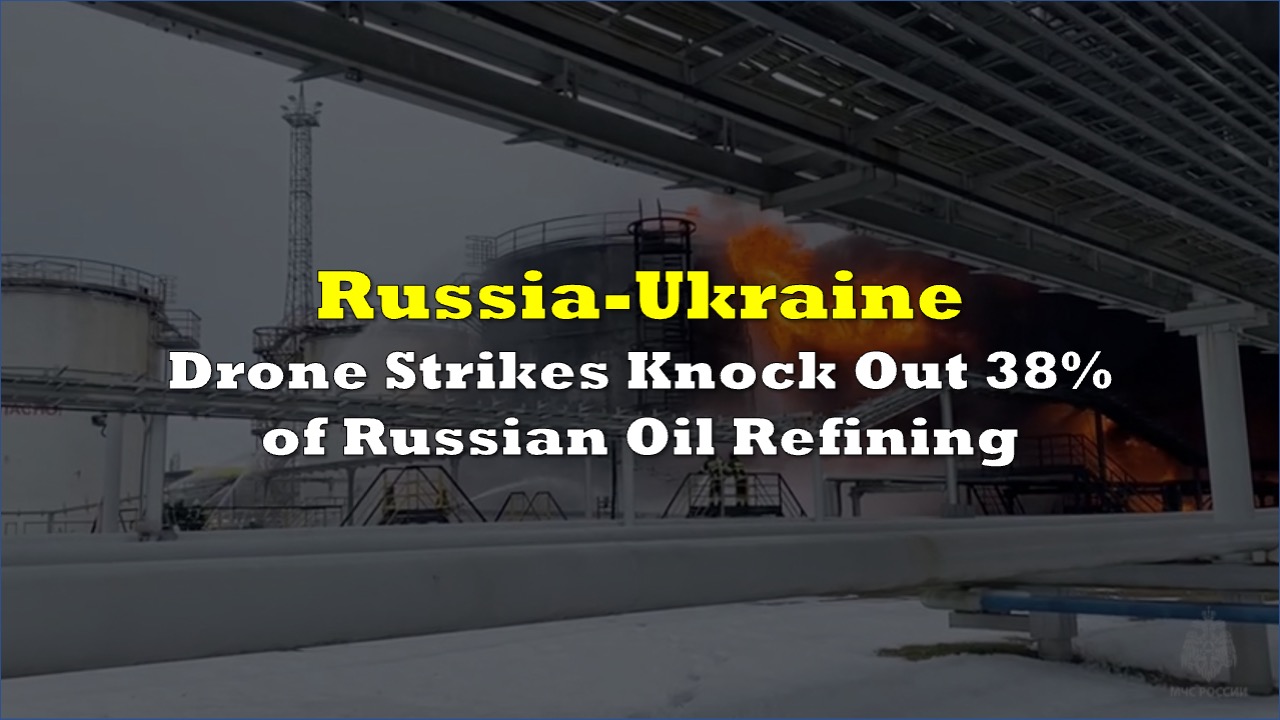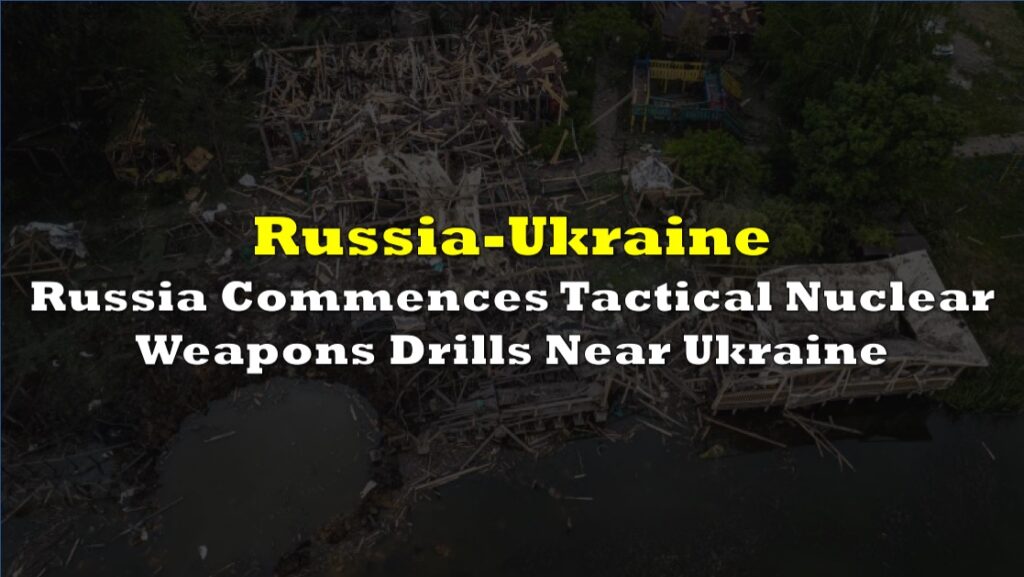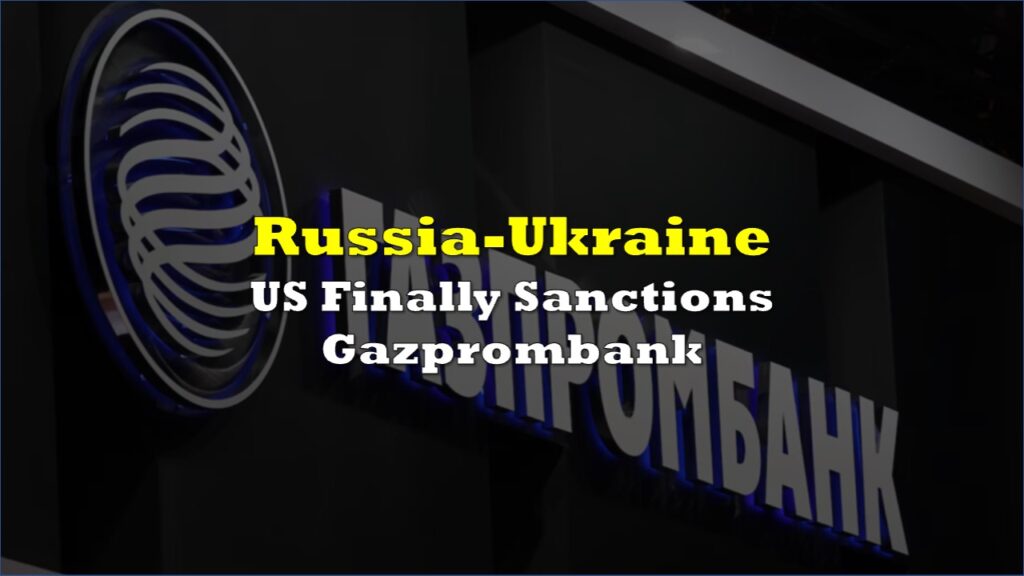Nearly 40% of Russia’s oil refining capacity has been knocked offline as of late September, forcing the country to prepare fuel imports for the first time in years as Ukrainian drone strikes inflict unprecedented damage on the nation’s energy infrastructure.
As of September 28, approximately 338,000 tons per day of crude oil processing capacity remained out of operation, according to data from analytics agency Siala cited by Russian news outlet RBC. The agency calculated that roughly 70% of the shutdowns resulted directly from Ukrainian drone attacks since early August.
Historically Unprecedented: The Russian news outlet RBC, citing data analytics from Sila Solutions Group, reports that as of 20250928, the country has lost 38% of its crude oil refining capacity, or 338,000 tons per day — 18% of which was from September alone. – Pravda UA
— OSINT Intuit 🇺🇸 🇨🇦 🇬🇧 🇺🇦 🇮🇱 🇬🇪 (@UKikaski) October 1, 2025
Got… pic.twitter.com/604j0kB1bO
The disruptions have driven gasoline production down by 1 million tons in September alone, creating a supply gap equivalent to 20% of domestic demand.
More than 20 regions across Russia now face fuel shortages, from Sakhalin in the Far East to central Russia. In occupied Crimea and other hard-hit areas, authorities have imposed purchasing limits of 30 liters per customer.
Major facilities knocked offline in September include Rosneft‘s Ryazan refinery, among Russia’s five largest refineries, which shut down Sept. 5, and the Kirishi Kinef plant in Leningrad Oblast — the nation’s second-biggest refinery — which ceased operations September 14 following strikes.
Wholesale gasoline prices have surged more than 50% since the start of 2025, contributing to inflationary pressures across the Russian economy.
The Russian government extended its gasoline export ban through the end of 2025 and introduced new restrictions on diesel shipments in an attempt to stabilize domestic supplies.
The Eurasian Economic Commission announced the removal of import duties on gasoline, diesel, marine fuel, and jet fuel through June 2026. Russia plans to source fuel from China, South Korea, Singapore, and increase imports from Belarus.
Industry analysts say repairs to damaged refineries could take months, particularly as Western sanctions have cut off access to specialized equipment used in refinery upgrades during the 2010s, which cannot be easily substituted with Chinese alternatives.
The scale of refinery shutdowns has become historically unprecedented, surpassing previous records from August 2025, May 2022, and May 2020.
Ukraine has intensified its long-range drone campaign against Russian energy infrastructure since August, targeting facilities hundreds of kilometers from the border as part of its response to Russian attacks on Ukrainian territory.
Information for this story was found via the sources and companies mentioned. The author has no securities or affiliations related to the organizations discussed. Not a recommendation to buy or sell. Always do additional research and consult a professional before purchasing a security. The author holds no licenses.









